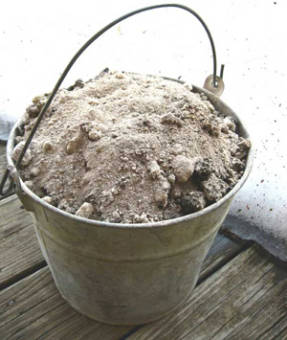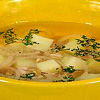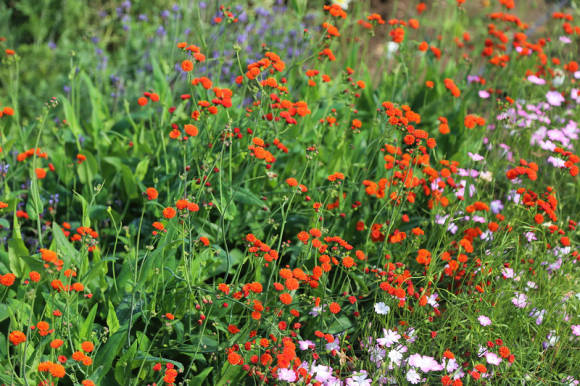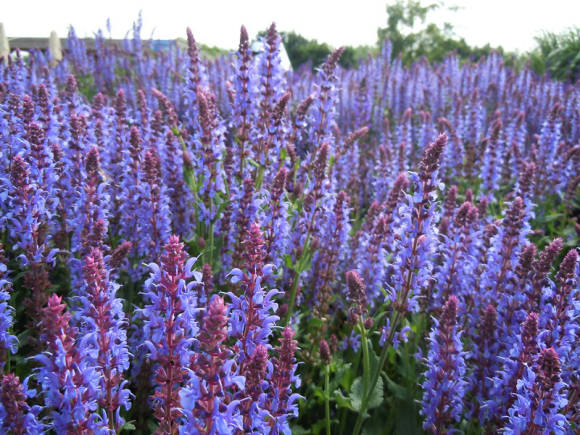
Ash is a mineral residue formed during the combustion of various organic substances. First of all, it is a good potassium-phosphorus and lime fertilizer. But it contains up to 30 more mineral components, including a lot of trace elements. It contains potassium, calcium, phosphorus, magnesium, trace elements - iron, silicon, sulfur, boron, manganese and others. But it does not contain nitrogen at all. There is absolutely no chlorine in it, which negatively affects the growth of many crops (for example, cabbage, potatoes).
The composition of the ash depends on the material being burnt. Birch wood ash is rich in potassium and phosphorus (14 and 7%, respectively), calcium (over 30%). Valuable ash is produced by potato tops, which contain over 20% potassium, up to 8% phosphorus and about 32% lime. Ash from buckwheat and sunflower straw is very rich in potassium and calcium. The least valuable is the ash of peat and coal.
The increased content of calcium in ash determines its deoxidizing properties. The largest amount of calcium compounds contains ash from deciduous and coniferous species. However, one should not neglect the burning of weeds, herbs - such ash contains more potassium.
With the introduction of ash, soil deoxidation occurs, and at the same time, the suppression of pathogenic microflora, which prefers an acidic environment for development. It is also disliked by some pests, which can be used successfully to control them safely.
The introduction of ash is very desirable for those crops that prefer soils from slightly acidic to alkaline. Floral crops include calendula, levkoy, pansies, gypsophila, nasturtium, petunia, scented tobacco, tulips, lilies, hyacinths, chrysanthemums, asters, bells, daisies, clematis, roses, sage, catnip, delphinium, barberries, peonies. From vegetable crops, cabbage, tomatoes, potatoes, cucumbers, root crops will be grateful for the introduction of ash. When transplanting indoor plants, it is useful to add 2 tablespoons of ash per 1 liter of soil for your favorite geraniums, fuchsias, cyclamens.
Usually, ash is applied dry when preparing the soil for planting. Application rates depend on the acidity and quality of the soil and the needs of the crops grown. Ash is stored in a dry place, since when it gets wet it loses one of the most valuable components - potassium. Good quality ash can be used as a substitute for potash fertilizers. However, wet ash also retains a mass of valuable substances; it is used for composting or for introduction in liquid form. Ash infusion can be added to mineral fertilizer solutions for dressing, but it cannot be combined with organic fertilizer solutions.
Infusion of wood ash
For introduction in liquid form, an infusion of ash is prepared, for which it is "brewed" with boiling water. In this case, the extraction of soluble substances occurs, which become more available for assimilation by plants. A tablespoon "with a slide" is poured with a liter of boiling water and insisted for a week, stirring occasionally. After that, the solution can be used both for fertilizing flower beds and beds, and seedlings of these crops. For seedlings, you can use a pure infusion of ash or mixed with solutions of mineral fertilizers every 2 weeks.
Ash in pest control

Ash can help in the fight against some annoying pests.
Against aphids and caterpillars on cabbage... The infusion is prepared on the eve of processing, for which 1 glass of ash is poured with 10 liters of cold water, stirred and left until morning. In the morning, mix again and filter. Plants are sprayed until the beginning of summer with butterflies (at 5-6 am), capturing the lower part of the leaves. The treatments are repeated daily.
Against aphids make a broth: sift 300 ash, pour water and boil for 20 minutes. Allow to settle, strain, bring to 10 liters and use for processing.
Against gooseberry powdery mildew... For the first spraying, a bucket of ash is boiled in three buckets of water for an hour, cooled, filtered and then used.
For the second spraying on 0.5 buckets of ash, take 2 buckets of water and boil for 1 hour. Apply this solution after the formation of ovaries.
Against Colorado potato beetle larvae... Dusting the larvae of the Colorado potato beetle with dry ash leads to their death within 2 days.
Against cruciferous fleas... Morning dusting of cabbage seedlings with wood ash using a sieve repels pests.
Against slugs... Slugs' access to plants is limited by any substances that irritate the sole of the mollusc. In this regard, metaldehyde can replace ash - it is sprinkled on the ground in concentric circles around plants (however, this method is unacceptable for acid-loving plants). The disadvantage of this method is that, getting wet in the rain, the ash ceases to work, so you need to either renew it with the onset of dry weather, or alternate with red ground pepper, and even better - simultaneously set traps for slugs from boards, under which wet rags. Every day the traps are checked and slugs are collected. Together, these methods make it possible to dispense with the use of chemicals.
Read also Herbal starter cultures for plant nutrition









